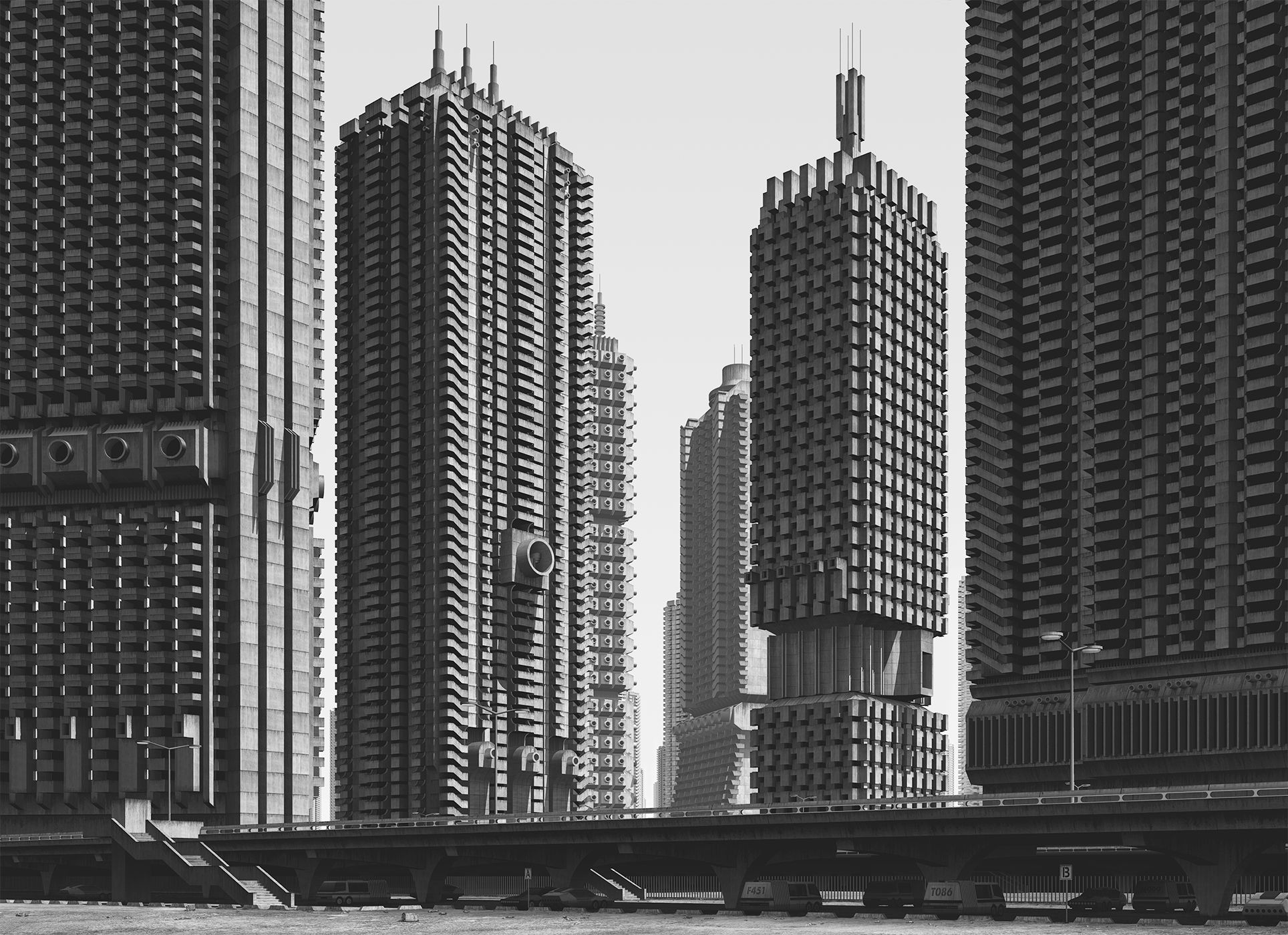Since completing his architectural studies, Clemens Gritl has been designing 3D computer models, reflecting and exploring urban utopias of the 20th century. His work focuses on the interaction between space, dimension, scale, monotony, and materiality of urban megastructures and their possible impact on human beings. We asked Clemens about the importance of utopias, his inspirations, and his works.

How did you become interested in the social and urban utopias of the 1960s and the design of 3D computer models?
I’ve studied architecture and learned about the stunning and often futuristic utopian urban designs from the 1920s and 1960s that led me to my artwork. I wanted to react to these proposals artistically. Using 3D software was obvious to me because I knew it from my work as an architect anyway.
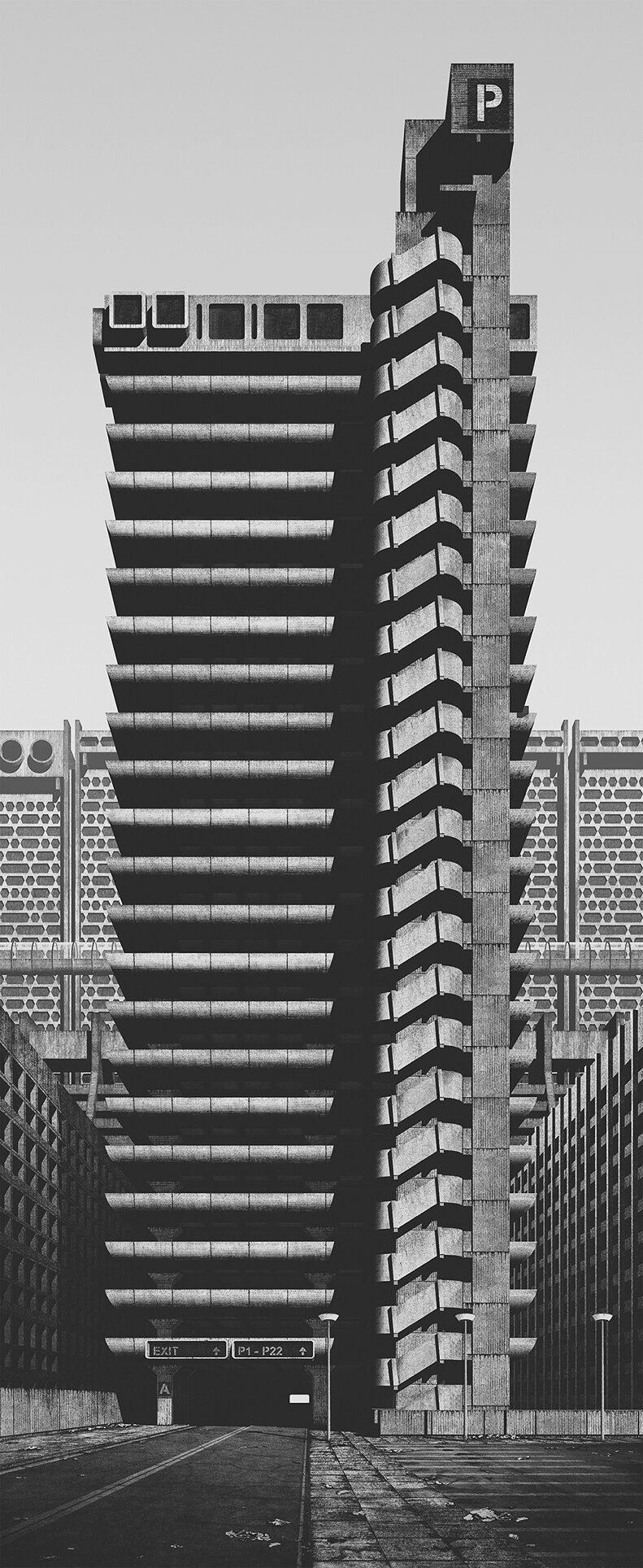
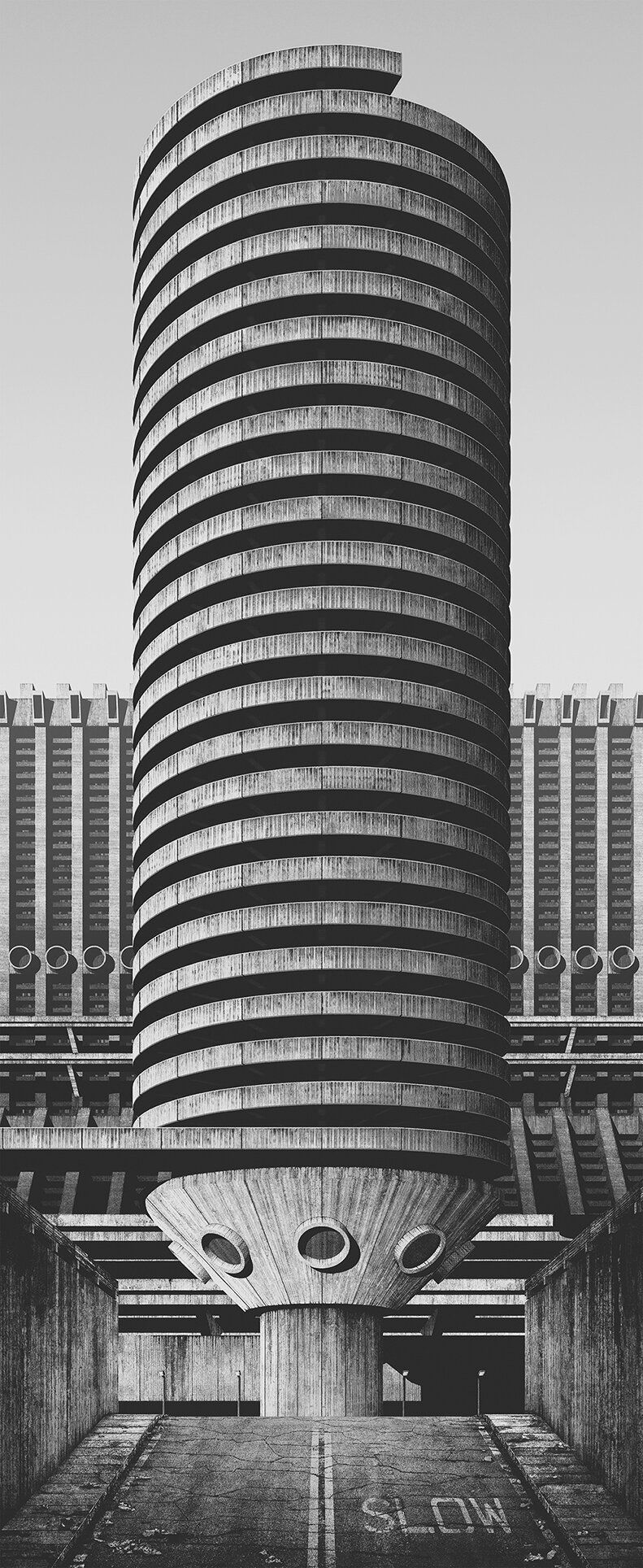
Why are these utopias important for you and what can they tell us, or how can they help us nowadays, more than half a century later?
I am fascinated by the unbroken optimism, the radical zeitgeist, and the mere size of some megastructures, and this doesn’t fade. So for example, here in my hometown of Berlin, there’s this incredible building, the ICC, a congress center from the late 1970s. It looks like a gigantic space shuttle, stranded on earth. Every time I ride by on my bike, I have to stop and look at it! Of course, most of these concepts from the 1960s are based on car traffic, which isn’t a contemporary, sustainable concept anymore. But at the same time, a lot of these structures have a very high density, and include social housing and strong social visions: every tenant should have an apartment with a lot of daylight and a private bathroom and kitchen. That wasn’t a self-evident standard back in the day.
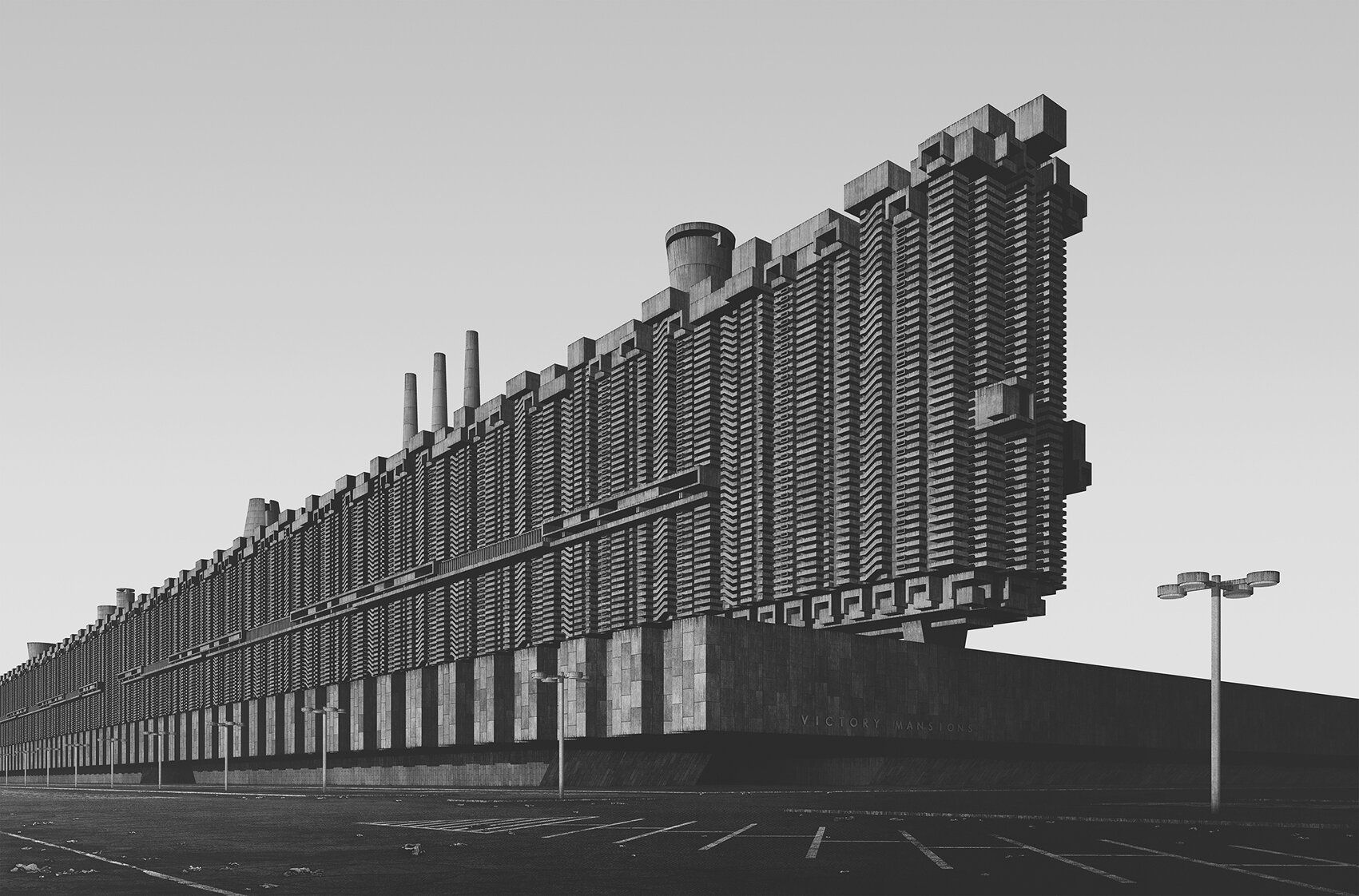

Who and what inspires you, beyond the above mentioned utopias?
Besides Brutalist architecture, I’m a great fan of Lewis Baltz and Thomas Struth. The abstract photographs of Baltz look like paintings to me and I love the stark textures of architectural elements. Thomas Struth’s early work inspires my image composition a lot, I even made my own interpretation of one of his photographs taken in Tokyo. I reconstructed that photo in my very own way, but the positions of the buildings are the same.
What is your favorite concrete/Brutalist building?
There are so many, it’s hard to pick a single one. Aldo Loris Rossi comes to my mind, his Casa Del Portuale in Napoli is insane! Or the Cimitero Jesi by Leonardo Ricci is also amazing!
How do you make your pictures? Do you make sketches before, do you draw, or do you make everything on the computer?
Yes, indeed, I always start with sketching in my little black book. After finding the basic composition I continue with a quick 3D model, and then develop it building by building in 3D. In the end, each work is printed in a limited edition on beautiful paper, so that they can be hung on a wall.
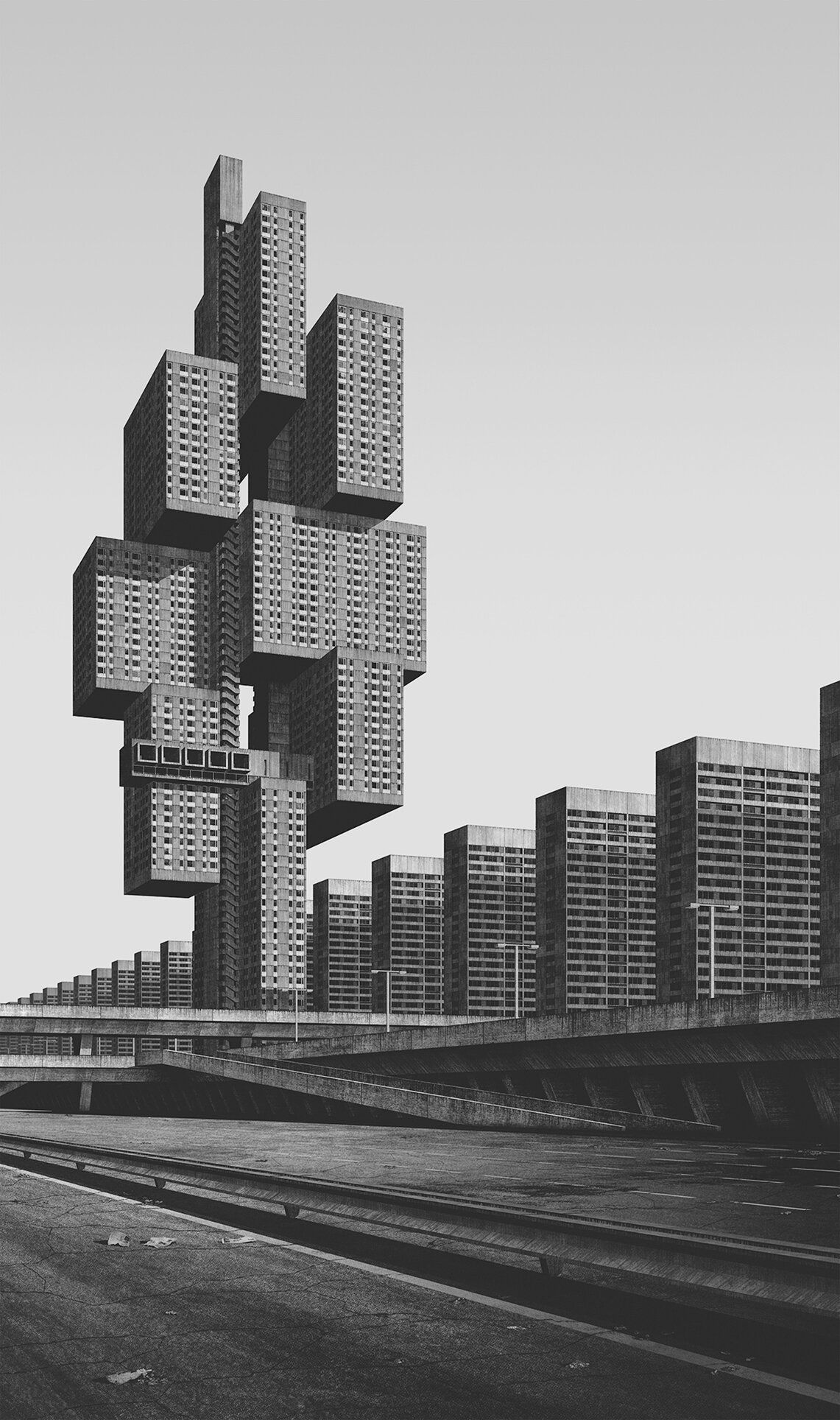

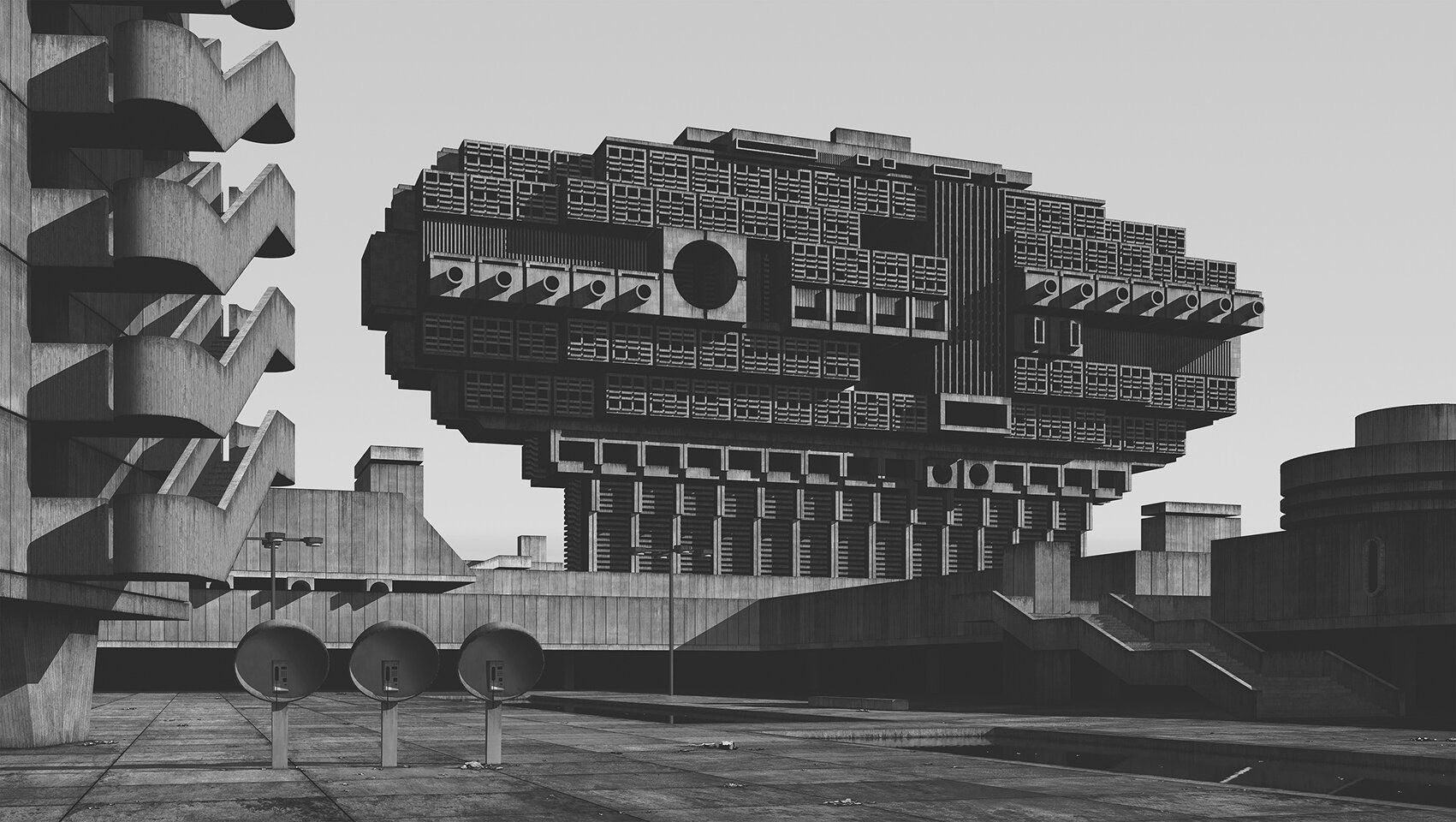
There are no people in your pictures, only traces of them. What is the reason for this?
This is hard to explain. I think this was more of an unconscious decision. I love to discover empty, abandoned buildings and walk through them. Maybe that is one explanation. Another reason could be that I love the mystery of it. As a viewer, you don’t know if there’s still human life or if there has been a catastrophe extinguishing everything. I leave it up to the viewer!
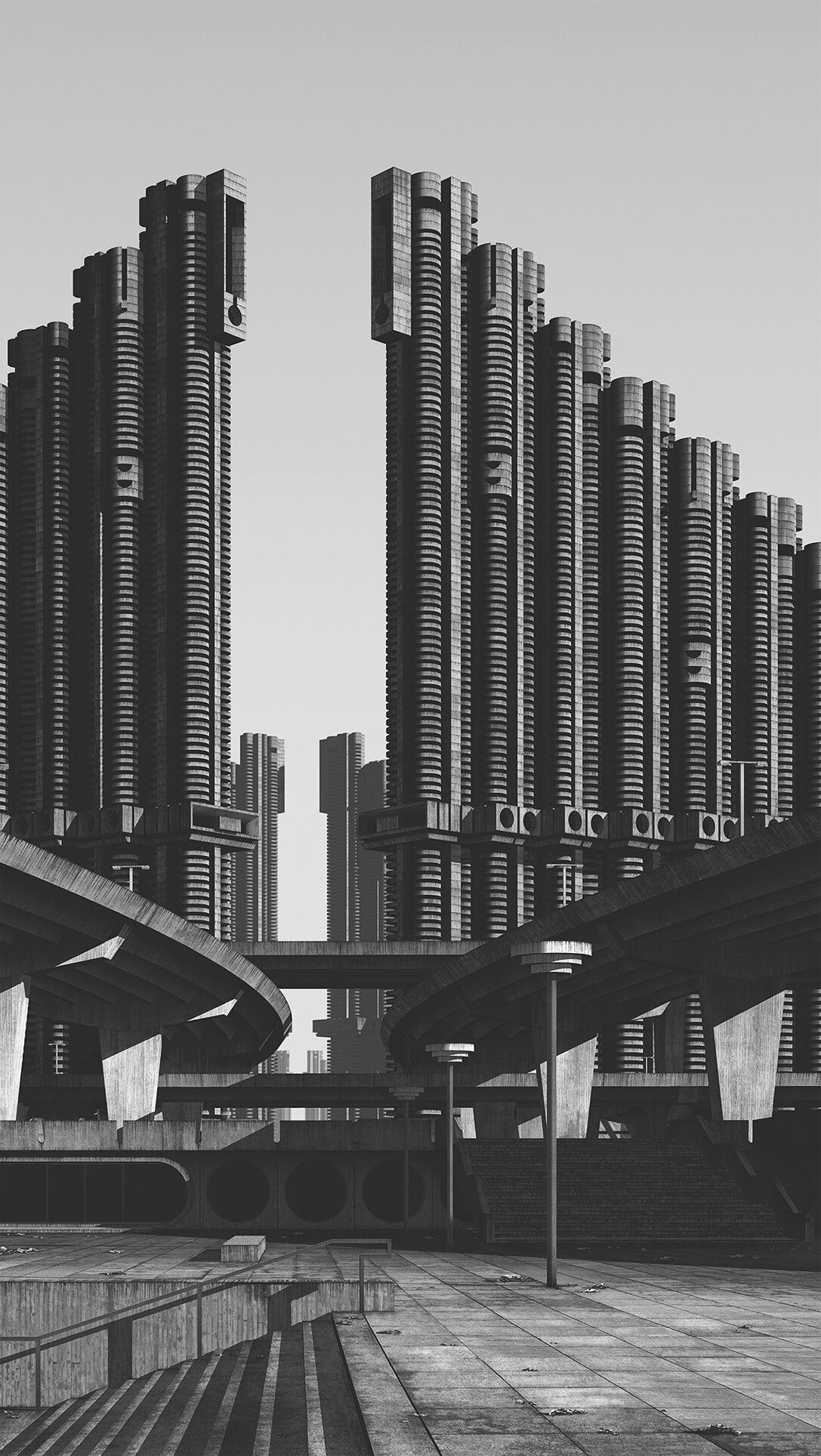
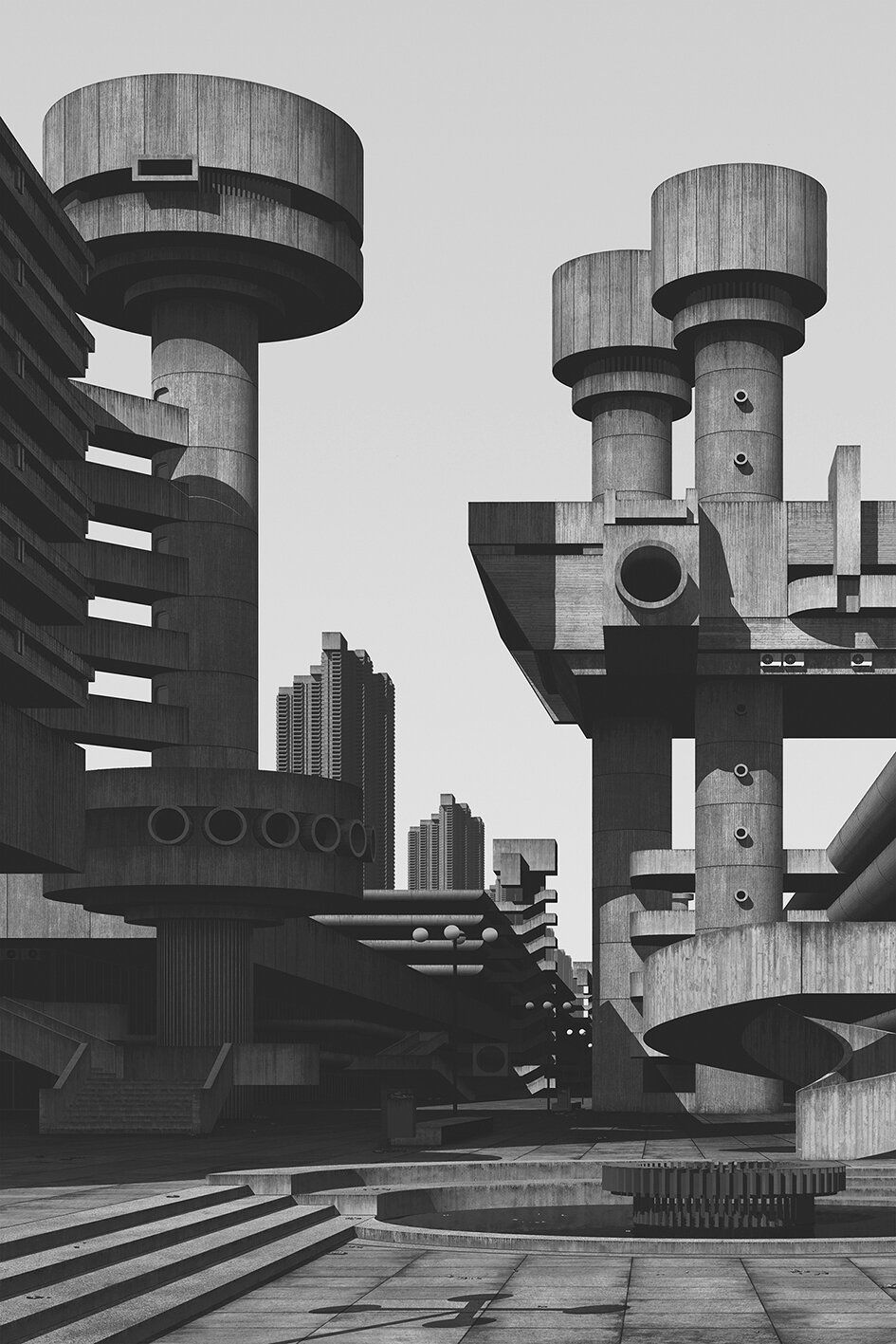
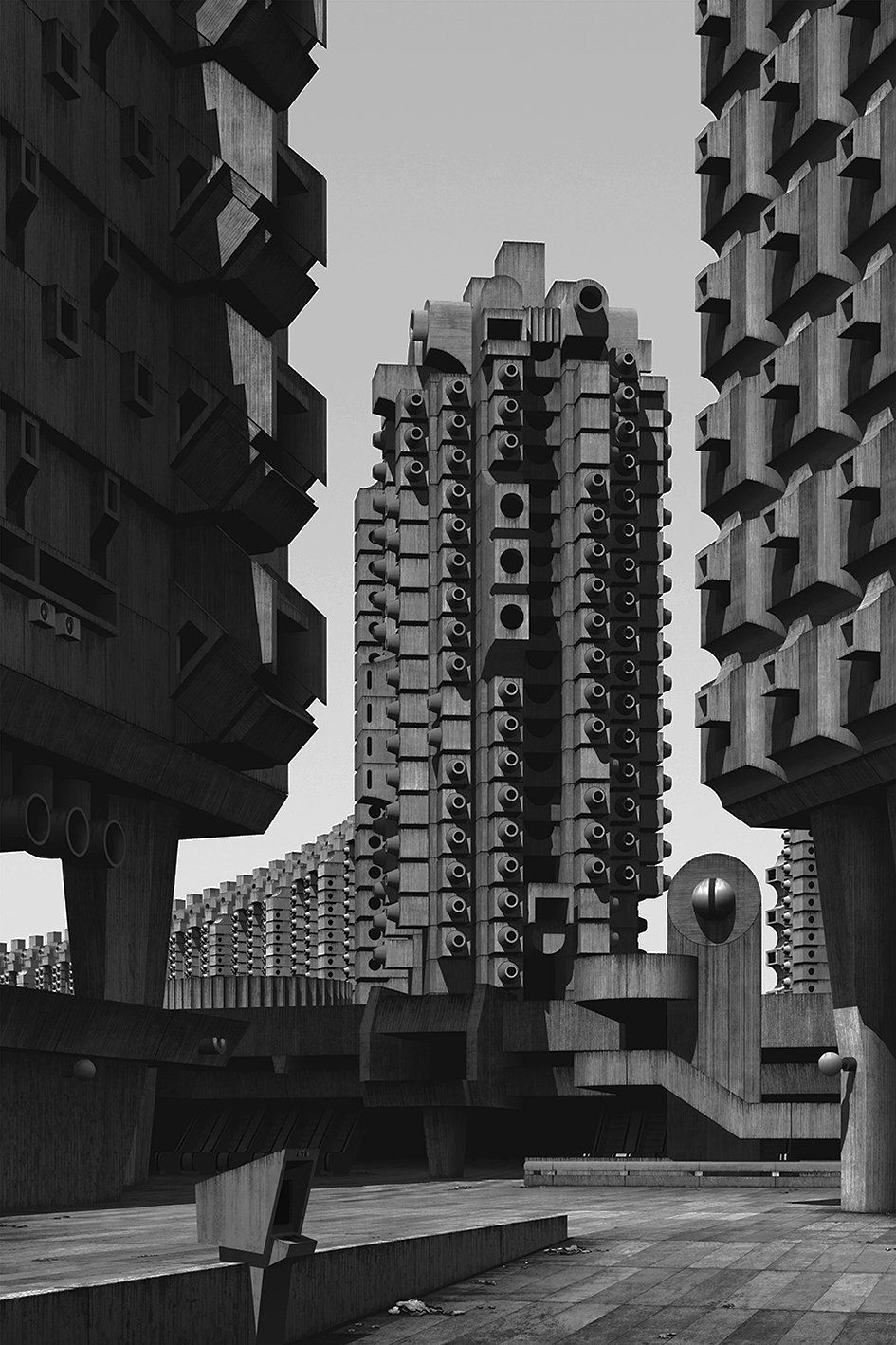
Do you live in a block of flats or in a residential tower? In reality, how do you feel in a man-made environment full of concrete and asphalt?
I would love to live in a residential tower just like the Barbican, but when I moved to Berlin, I found a beautiful apartment in an old building, so that’s where I’ve been living ever since. In reality, I think, the best form of a city is a very heterogeneous one: old buildings mixed with new buildings, low-key designs with some stark and Brutalist elements, and traditional block developments with some megastructures. And of course a functioning public transport system, a lot of bike lanes instead of cars, and parks in between buildings.

Downtown romance in the spirit of slowness | Dash Interiors










